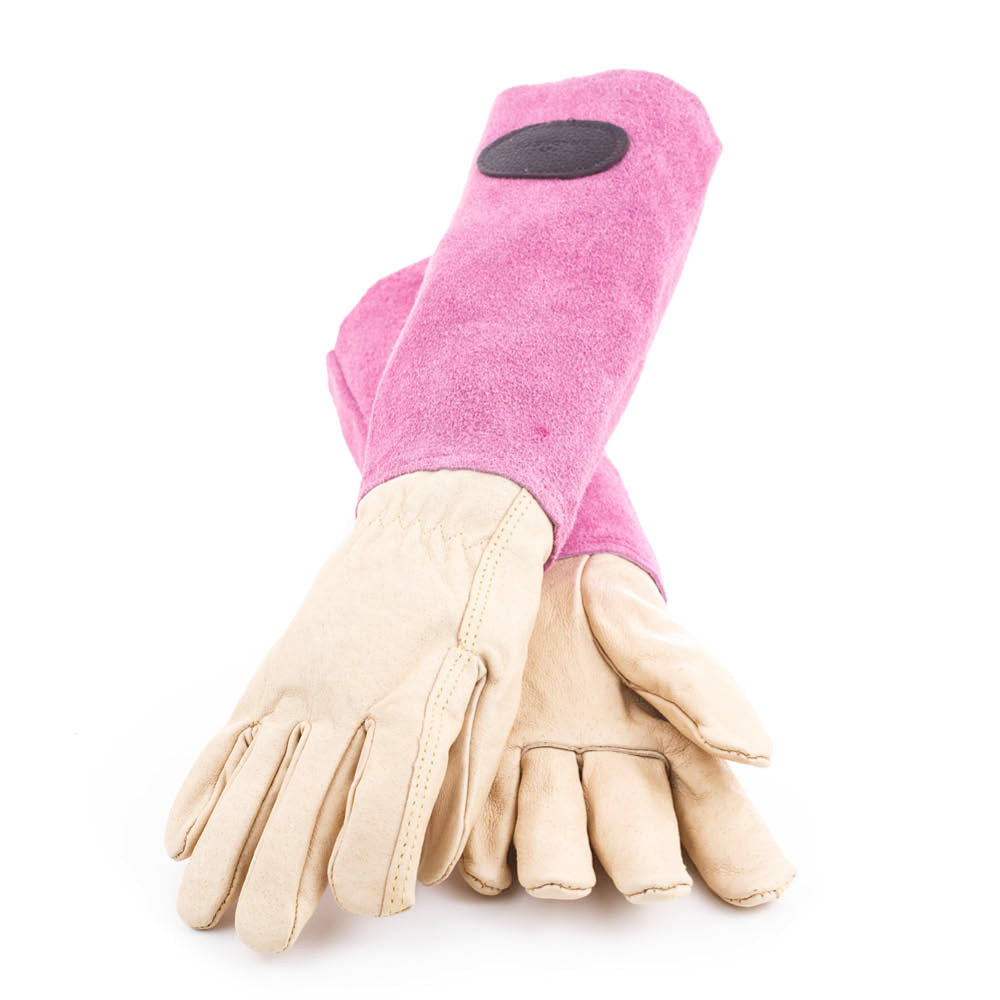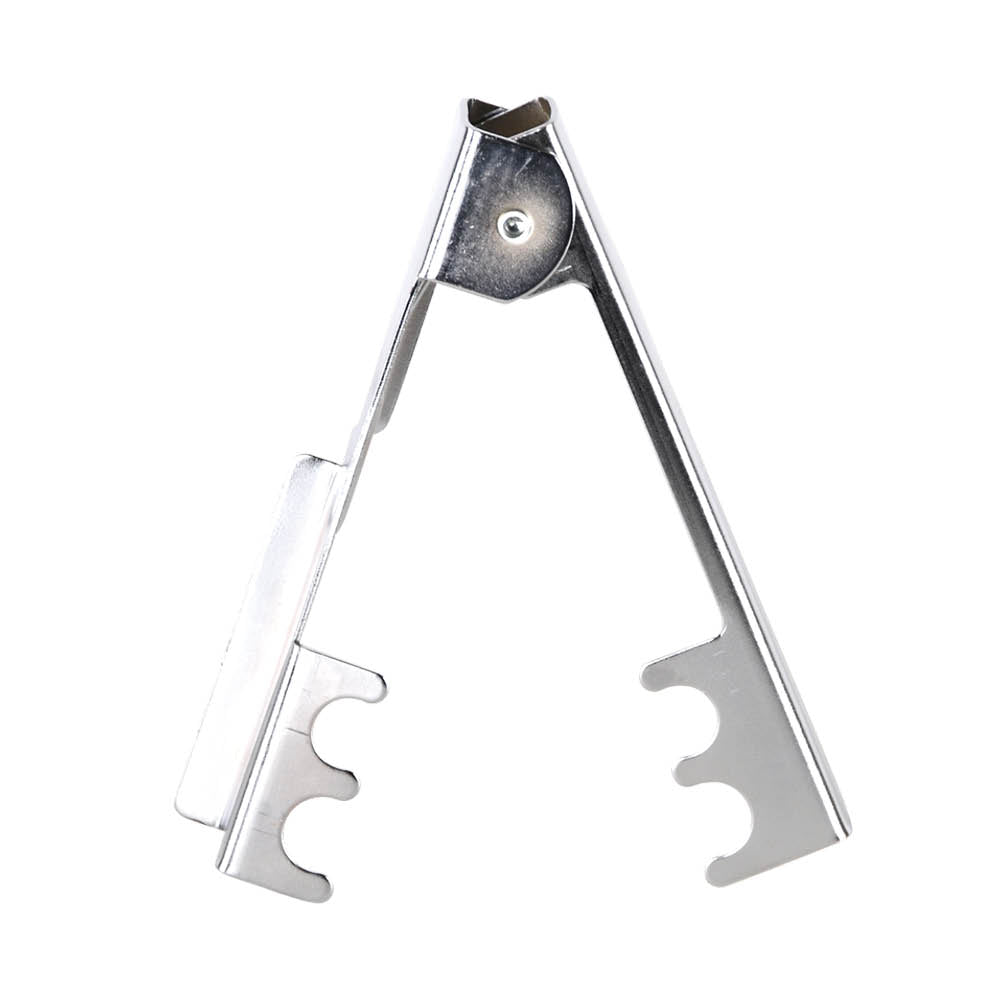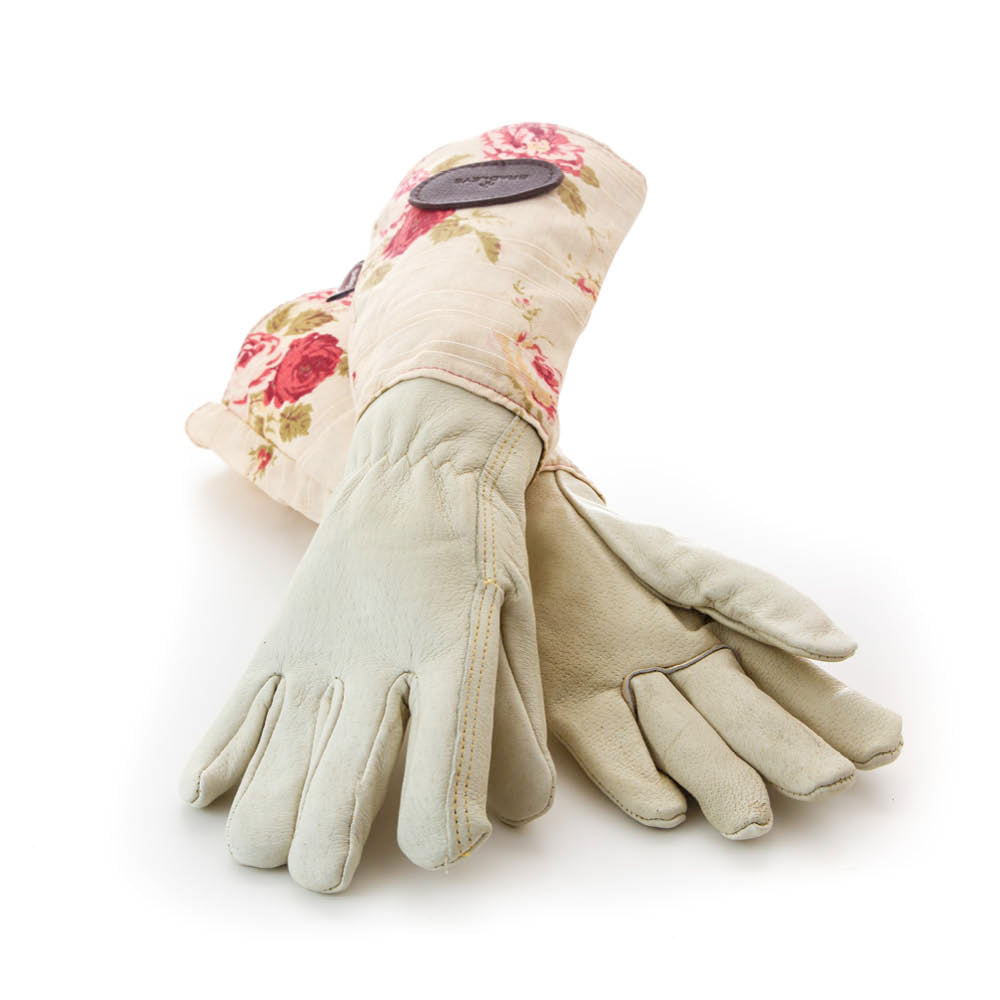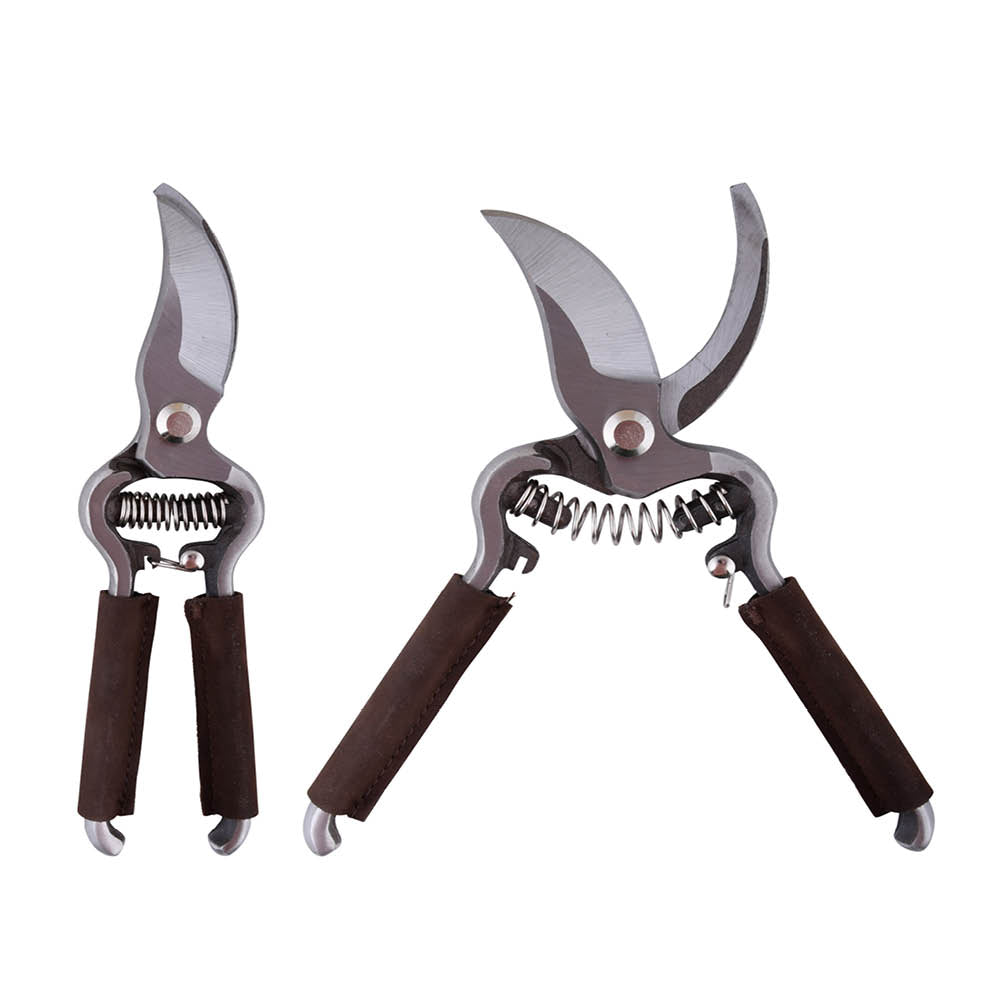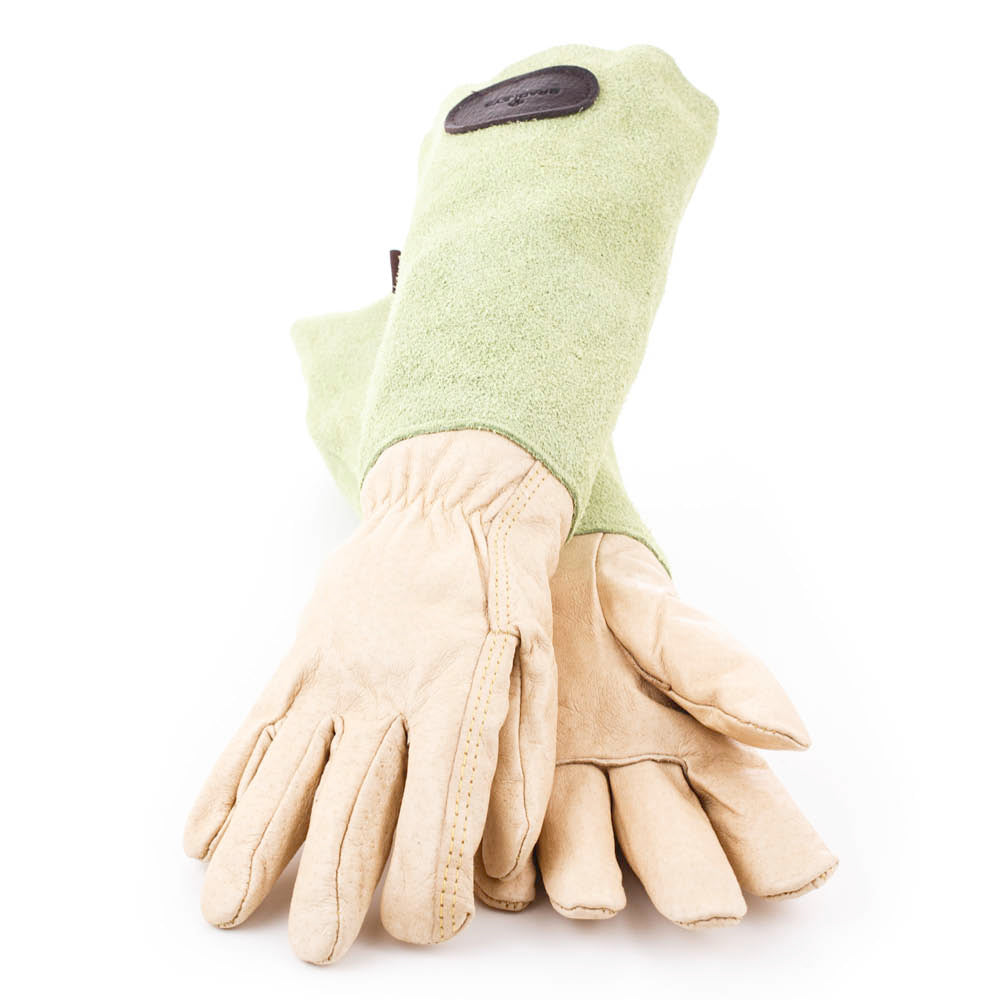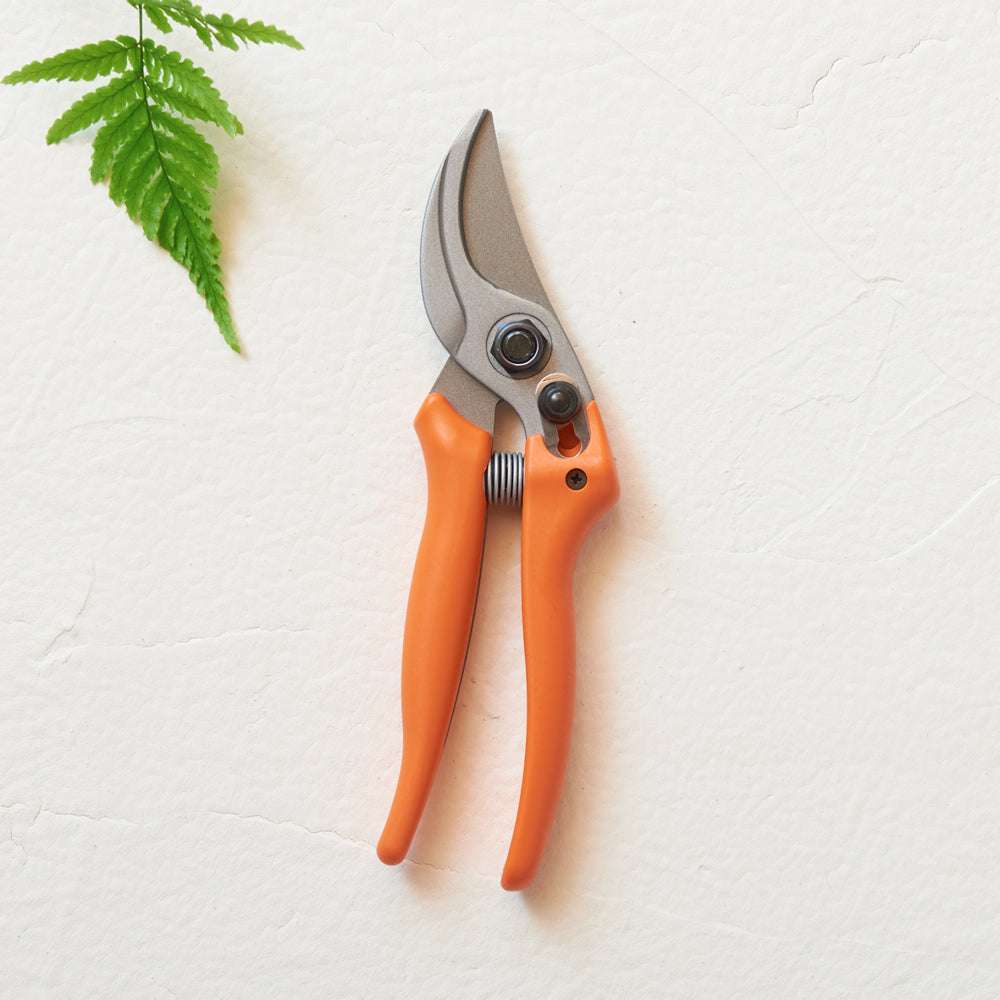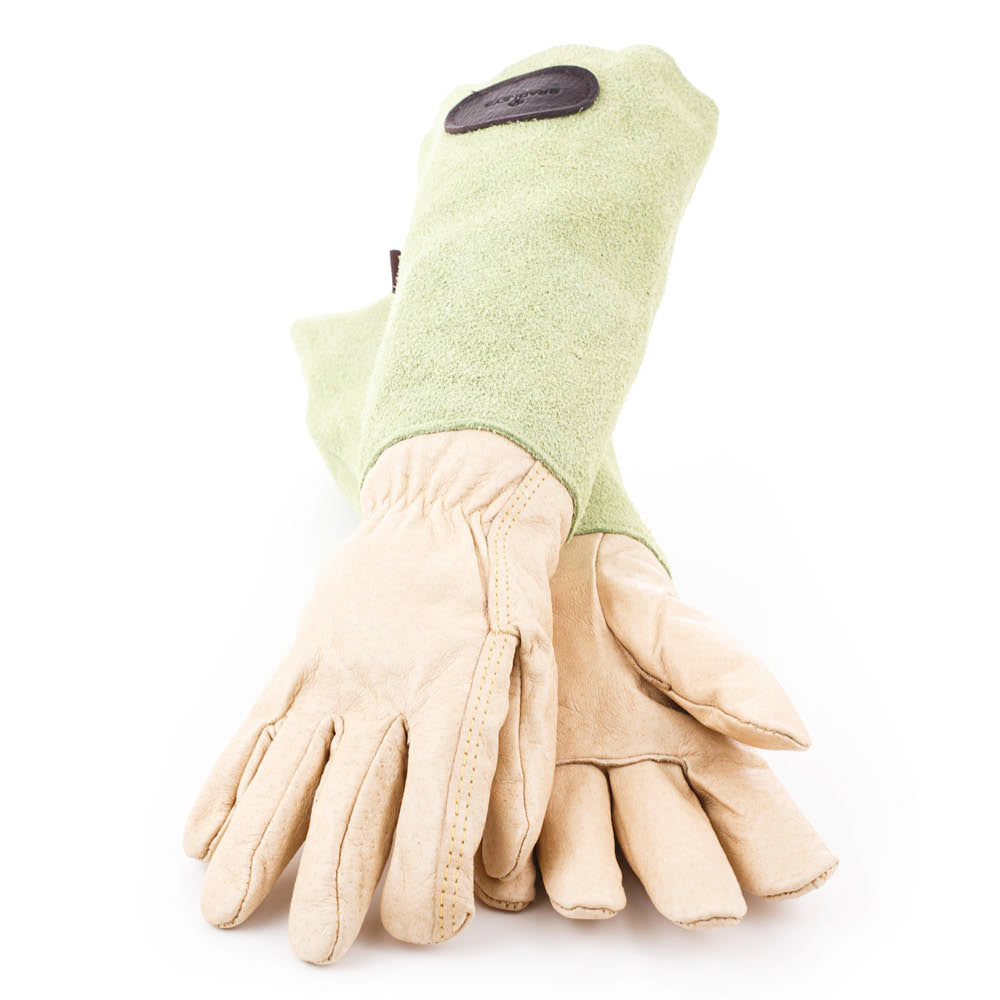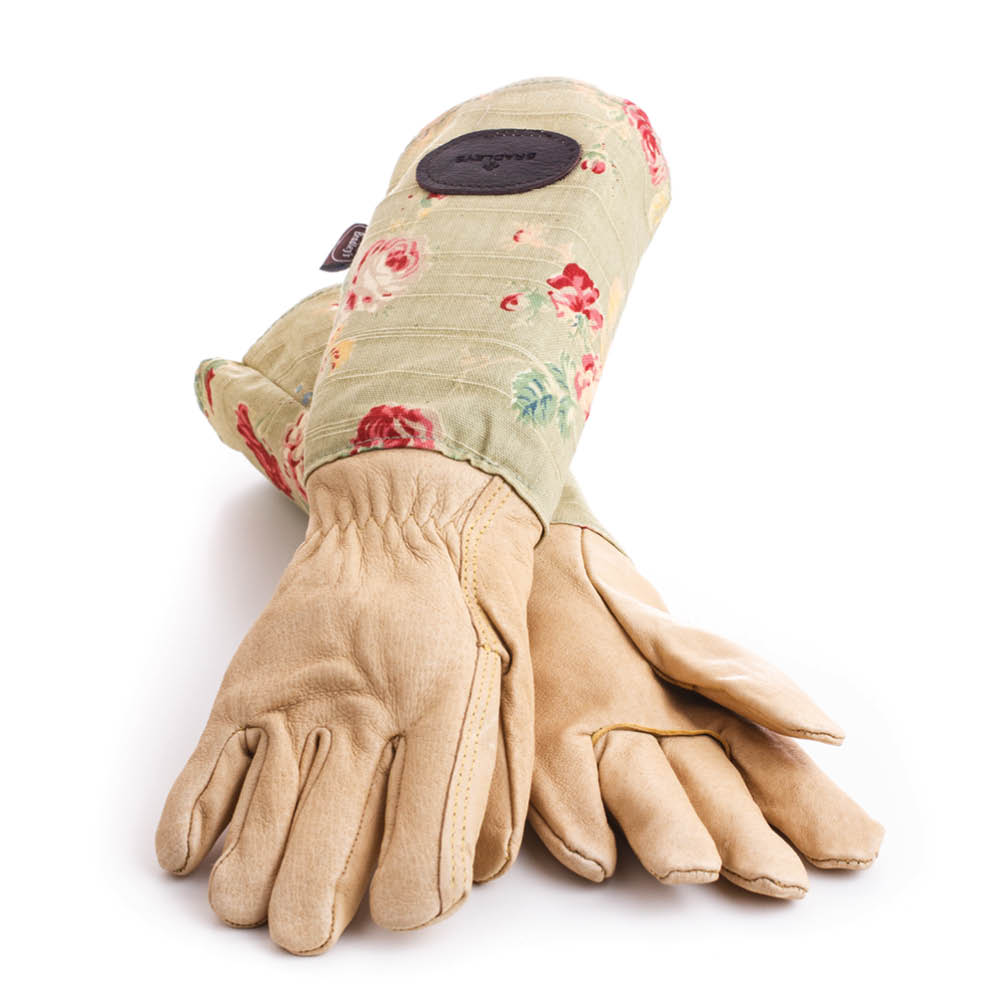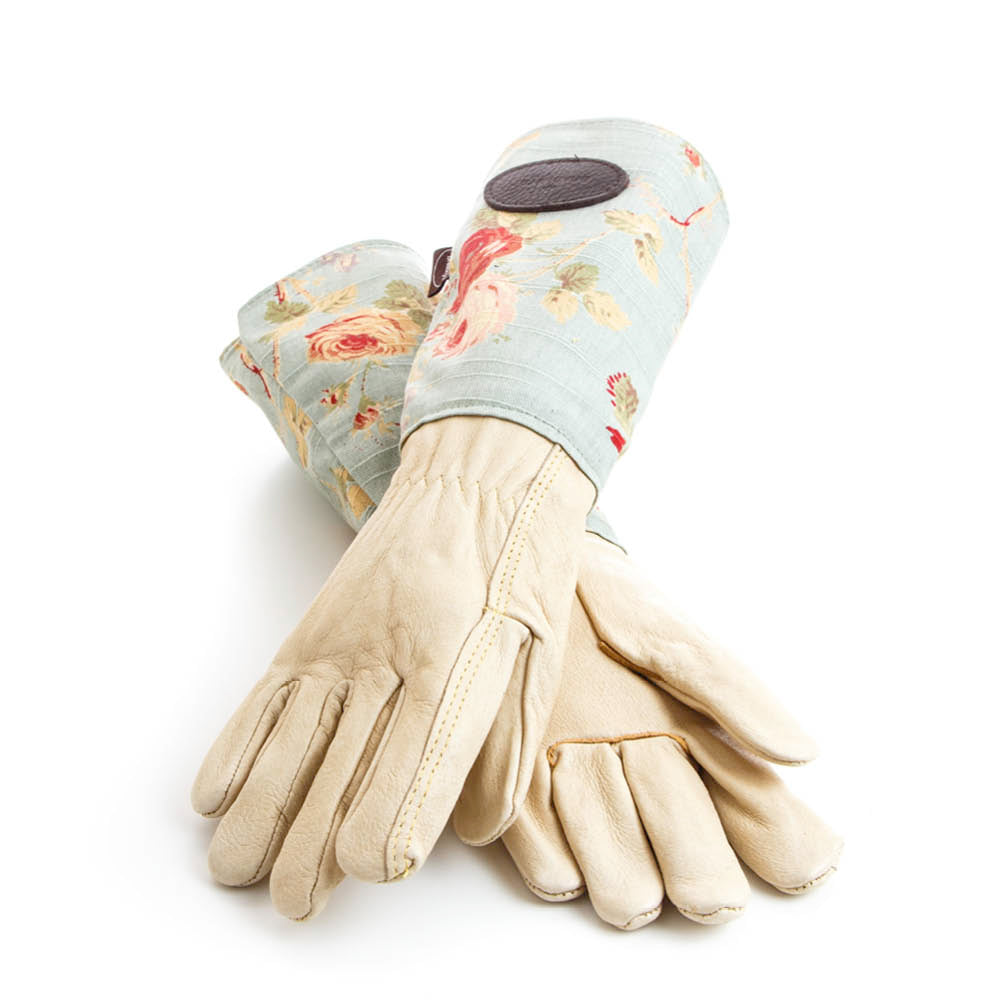Winter protection for roses
If temperatures permit, roses can bloom well into December. Each year, the cold season presents a new test for them. Normally, strong and healthy plants are well-equipped to withstand the cold. Unfortunately, most roses are not completely frost-hardy. A little care is therefore helpful.

Preparing for hibernation
To reduce the risk of fungal diseases, you should collect the leaves; fungal spores also overwinter in fallen leaves. While autumn pruning isn't really necessary, leaves could still start to rot on the stems, for example. Dead plant material is a breeding ground for fungi, infections, or rot. A final, careful pruning immediately after flowering will make the rose less susceptible to disease. Everything that is certain to no longer develop—e.g., spent shoot tips, dead wood, and branches that are growing too close together or touching—should be carefully removed. The proper pruning only takes place in spring; this serves as a targeted growth stimulus and shapes the roses into the right shape.
Mounding
The best precaution is to plant roses deeply to protect the frost-sensitive grafting point (located above the root, where the shoots begin). It should be about 5 centimeters below the soil.
If the grafting points are not underground, mounding the base of the branches with soil (or a mixture of compost and topsoil) is a good way to protect bedding or miniature roses and their roots. Peat is less suitable for mounding; it binds moisture and freezes in frost. The above-ground shoot base should be covered with a depth of about 15 to 20 cm. Be careful not to expose the rose roots when mounding. The protruding shoots should also be covered with fir branches or brushwood. These branches protect roses from cold winds and frost, as well as from drying out.
Pack standard and climbing roses well
Standard roses are particularly sensitive to frost, as their grafting point is unprotected beneath the crown. Cut the crowns back by about a third so you can wrap them more easily. Also remove any leaves and completely faded flowers to prevent rot. Tuck fir branches between the branches, wrap the entire crown in jute or burlap, and tie it with ribbon. Jute is particularly suitable because the natural material is breathable. Never use plastic bags or foil for covering. Moisture can build up underneath, making the plant susceptible to rot or rose pests. At the base, the rose stem can also be covered with soil. Climbing roses also require special treatment. Here, too, the grafting point is covered with soil. Protect the main stems at the base from wind and winter sun with leaves or jute, and wrap the climbing rose with plenty of branches or reed mats. These are tied in front of the trellis or placed around it as a kind of cape.
Bucket goods
Even in container gardens, roses require some winter protection. Since the soil volume is limited, the soil can freeze completely at sub-zero temperatures, and water can no longer circulate. This causes the rose to dry out. Therefore, place the pots in a protected location, such as a cellar or an unheated conservatory. If the roses are under cover, occasional, sparing watering is necessary. If you don't have such a space, the plants can also overwinter outside. Place them on Styrofoam or slats, which provide an insulating layer of air. Then wrap the pot several times with bubble wrap or coconut fiber mats. Above-ground shoots can also be protected from strong temperature fluctuations with burlap or brushwood.
Remove winter protection
To ensure the roses can develop optimally in the spring, the winter protection must be thoroughly removed. The forsythia's blossoms signal the start of the rose year: as soon as it blooms, i.e., in March to April, the winter protection can be removed. Don't wait too long, or the young shoots will turn yellow. It's best to remove the winter protection on a cloudy day. This way, the roses aren't immediately exposed to strong sunlight and can gradually acclimatize.

